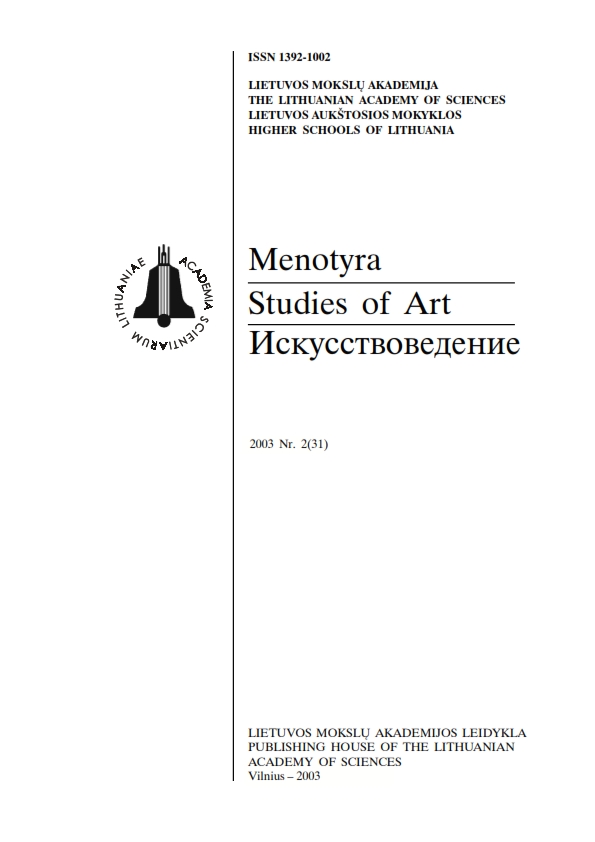Dailė ir ideologija: tarpukario Lietuvos politikų portretai
Art or ideology: portraits of Lithuanian politicians in the interwar years
Author(s): Giedrė JankevičiūtėSubject(s): Visual Arts, Interwar Period (1920 - 1939)
Published by: Lietuvos mokslų akademijos leidykla
Summary/Abstract: This article opens with the arguments supporting the marginality of the object under research, i.e. the portraits of Lithuanian politicians produced in the interwar years. At the same time, it is shown that the analysis of these artworks allows establishing certain typical traits of the Lithuanian official style of the interwar period.On the basis of the most typical examples, it is demonstrated how the portraits of politicians were interpreted and what means of expression were adopted by the artists.The article shows that in the 1920s portraiture was dominated by the neo-romantic approach, which had its roots in the national rebirth movement of the early 20th century. It further reveals the anachronicity and naivety of the neo-romantic symbolism that became apparent in the artistic life of the 1920s. The article concludes that due to their idealistic nature and intimacy the neo-romantic portraits of politicians did not suit representative purposes. Meanwhile, with the growing strength of the state, the representation motives were gaining increasing importance and forming the need of official portrait.The art of the 1930s exhibited a variety and abundance of politicians' portraits. At that time, a number of symbolically neutral realistic portraits and modern pieces were produced. Neo-academist examples served representation purposes. In specific cases, certain manifestations of personality cult became apparent. However, at the same time the portraits of Lithuanian politicians displayed a variety of styles. The dominance of neo-traditional features in the official style was determined largely by the general requirements of monumentality as well as by the tendencies in European art, as the top state officials did not have any specific aesthetic preferences.
Journal: Menotyra
- Issue Year: 2003
- Issue No: 2(31)
- Page Range: 48-54
- Page Count: 7
- Language: Lithuanian

